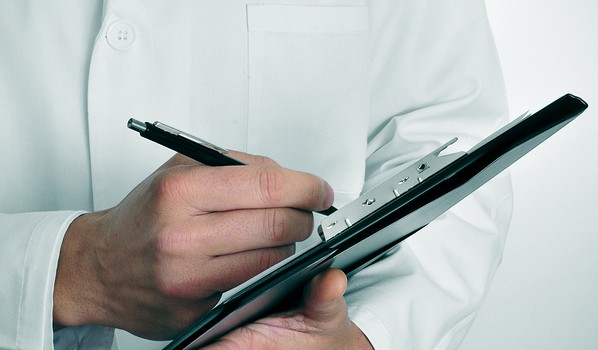In my pediatric practice, I’ve often wondered if the children that we “fixed” as a child have actually been made better or whether they would have adapted and done just fine on their own. These decisions are made by parents and surgeons since the babies certainly don’t have an opportunity to participate in the decision making. Often it seems we intervene based on case reports or what families, society, or we as surgeons deem as a variation from “normal.”
I had an interesting encounter recently with an 18 year old female who was in her freshman year of college. She provided a very interesting, random long-term follow up. She was born with bilateral absent thumbs. One side had undergone a standard pollicization at around 2 years of age with a previous hand surgeon at our institution. She was scheduled to have the other side done but developed pneumonia. For whatever reason, the surgery was never rescheduled and the parents did not have her follow up. She now came to see me 16 years later at the urging of her family to see if there was anything new and/or fancy that could be done for her.
I was fascinated to talk with her and have her demonstrate her hand function. Perhaps the most interesting thing to me was her response when I asked, “knowing what you have now on the reconstructed side, do you wish the other side had been done?”
She proceeded to tell me that the side of the pollicization was more painful and sensitive, and that she was actually happier with her side that had the absent thumb. Upon more reflection, she told me that she wouldn’t change anything since it’s all she had known. She went on to tell me the things she could do with her reconstructed hand that she couldn’t do with the absent thumb. But even more surprising to me was the longer list of things she could do better without her thumb. Watching how she had adapted to typing, texting, and activities that we deem very difficult without a thumb, she could do amazingly well.
I’m certainly not suggesting that we should abandon procedures such as pollicization, but with the push to measure things in research studies that matter, such as patient reported outcomes and meaningful clinical differences, it seems that in this “N of 1” randomized controlled trial with 16-year follow up, the conclusion would read “We recommend that only 1 thumb be reconstructed via pollicization in those with bilateral absent thumbs.”

